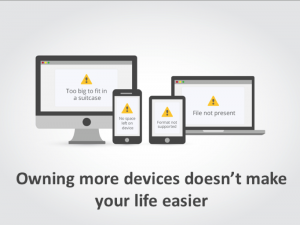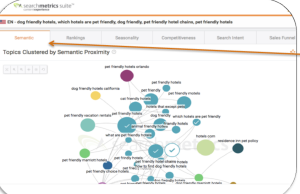As COVID-19 continues, leaders are getting creative in their efforts to engage and connect with remote employees. Many teams participate in Zoom happy hours; respond to fun questions posted in Slack, and join in email threads featuring funny memes and GIFs.
What makes this particular era of remote work so unusual is that it is fully remote. There is no backup option available to come into the office and no secondary location, like a coffee shop or coworking space, to head to if a team member needs it. Beyond spaces that sell essential items, like grocery stores, there are few places to go once the workday ends. The day starts at home and ends at home, which may blur the lines between work-life balance.
Organization leaders are aware that great leadership comes from the top down. It is not what we do, but how we do it that matters. There are ways remote workers can create a healthy work-life balance in this new normal. Lead by example by encouraging remote workers to take part in the following activities.
1. Enroll in an online course.
There are a few reasons why I recommend going back to school as a means to establish work-life balance. The act of attending a class, even one held online, provides structure to your day. In addition to knowing what hours you’ll be working, you know when you will be attending class. This allows you to better time block the day.
Students also tend to anticipate online classes, especially those on interesting subjects. Explore some of the classes currently available for enrollment on Coursera. You may take a course in a skill you’d like to have more experience in, such as InDesign or Photoshop.
Or, you may enroll in a class that is specific to your personal development. Currently, Yale University is offering a class through Coursera called “The Science of Well-Being.” This free course is designed for students to build more productive habits and increase their own happiness. Encourage remote workers to enroll in this class, or another class on a personal development topic, with their colleagues. Create a special Zoom chat where everyone is able to discuss what they have learned and insights they find fascinating about the course. Managers and leaders may also consider enrolling in the class, too. After all, one is never too old to be an eternal student of life!
2. Schedule a weekly Zoom meeting dedicated to personal achievements.
Zoom fatigue is real, but this call is guaranteed to be the one that all team members look forward to each week.
Schedule in a weekly Zoom meeting with your remote team where you don’t talk about work. Instead, let each team member share a story about a personal achievement they made that week or something great they did to better their community. Here are a few icebreaker examples (especially for teams unsure of what to share on a live video):
- Sharing news about your first successful attempt at baking banana bread.
- Before and after photos of a raised garden bed you set up and planted seeds to grow vegetables in.
- A story about how you decorated your car in balloons and streamers to participate in a drive-by birthday celebration for a little boy in the neighborhood.
- Talking about picking up and dropping off groceries for elderly neighbors in need.
- A glimpse at artwork, illustrations, or calligraphy you have been working on in your free time.
- A video from your neighborhood as everyone bangs pots and pans to cheer on healthcare workers each evening.
- The book you’re reading and what you love about it.
3. Stop working at a specific hour of the day.
If great leadership comes from the top down, the top must set the best possible example in this remote work landscape. Stop working at a specific hour of the day — let’s suggest 5 PM to align with “normal” workday hours.
Be accessible if there is an emergency, but do not send out emails or assign workloads. Encourage the rest of your team to put away their work devices.
Better yet, power down completely if possible. This will better ensure that your work-life balance has an on/off switch in place. Take a few minutes at the end of the workday to prepare for the next day. Write down what you’d like to accomplish. Once you have everything noted, power down your electronic devices and focus on spending time with loved ones, taking care of chores, cooking, and self-care practices to wind down the day.
Business & Finance Articles on Business 2 Community
(59)
Report Post







